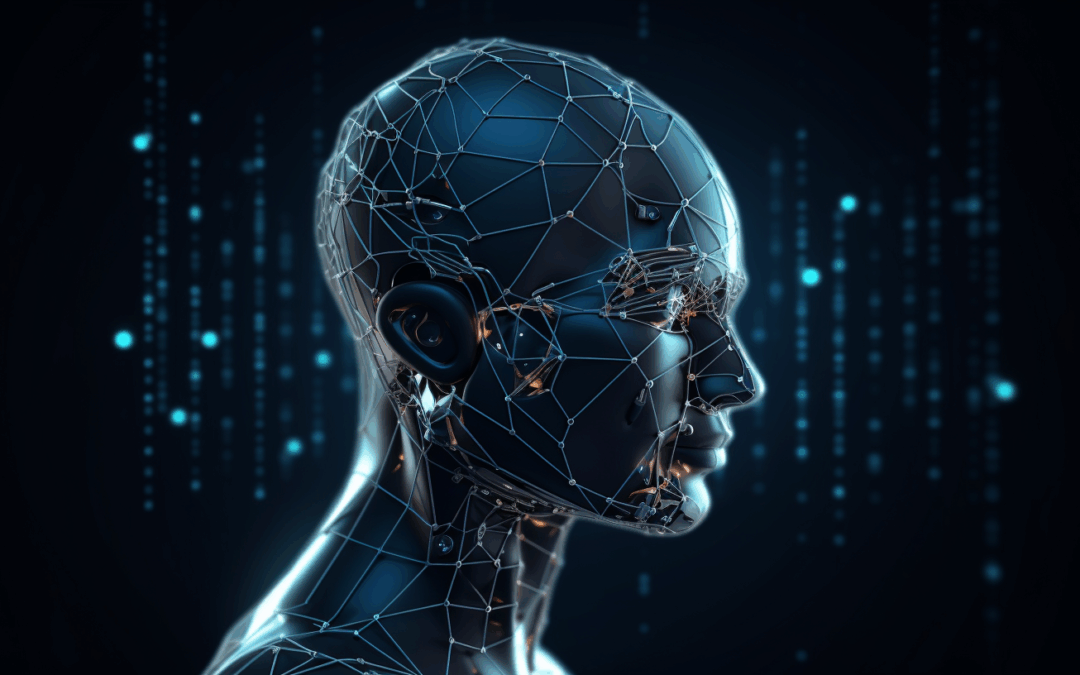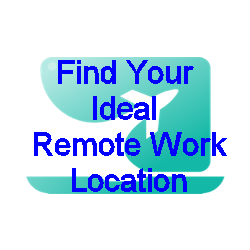AI and remote work go together like Chinese food and Chocolate pudding. (Thank you, Ricky Bobby). Actually, we are still figuring it out and a lot is being thrown at us. Is AI going to eliminate all of our jobs or will it create lots of new jobs? I think we can look at some past trends for the answers. The economy didn’t collapse when we went from horses to cars, typewriters to computers, or Walkman to iPod. AI is interesting because it’s an incremental change to many things. Yes, some jobs will be completely replaced, but for the most part, everything is being augmented. As people and companies adapt, this should ultimately create more jobs than it eliminates. AI can significantly enhance work and workplace accessibility by leveraging advanced technologies to create more inclusive environments for individuals with diverse abilities.
Assistive Technologies
When I first discovered Otter.ai a few years ago, I used it to dictate a book while I was driving to work – just to see if I could do it. I wasn’t focused on its business utilities. Speech-to-text and text-to-speech have lots of business applications. Real-time transcription for meetings and voice output for written content can help employees with hearing or speech impairments. If I never had to do meeting minutes again manually it would be too soon.
AI-powered screen readers can be game-changers for people who need them. Improved natural language processing enables screen readers to interpret complex layouts and images more effectively for visually impaired users. Similarly, gesture recognition can help those with auditory impairments. AI systems can translate sign language into spoken or written words, enhancing communication for those who are deaf or hard of hearing.
Customizable Work Environments
Some people need Adaptive Interfaces. AI can tailor user interfaces to individual needs, such as adjusting font sizes, and contrast levels, or simplifying layouts. Most of us also have regular conversations with Siri or Alexa. It might be a novelty and convenience for the average person, but it is a game changer for people with paralysis or motor impairments. Voice command systems can open up a new world at home or work. Employees with mobility impairments can use voice-activated AI to operate computers, devices, or machinery. AI can also learn behaviors to be predictive. AI can anticipate accessibility needs based on user behavior and make proactive adjustments.
Enhanced Communication
Recently my wife got a set of language translation earbuds. It’s not quite the Universal Translator from Star Trek, but they are pretty cool. Real-time translation tools break language barriers for multicultural teams, including translating between spoken and signed languages. AI can also recognize emotional cues in text or speech to support more empathetic communication, especially for neurodivergent employees. Every company could benefit from a few fewer miscommunications.
Workplace Navigation
Requirements for accessible workplaces have been around for a few decades. That still doesn’t mean they are easy to get around. AI-powered apps can guide visually impaired or mobility-restricted employees through large office spaces using real-time location data. There are also plenty of virtual and augmented reality applications that workers can take advantage of. AI-driven AR/VR can simulate work environments for training or provide interactive overlays to assist with tasks.
Remote Work Solutions
For those of us who live in virtual meetings, the technology continues to improve. In addition to Siri and Alexa, there are a host of virtual assistants out there. You can even build your own. AI assistants can schedule meetings, send reminders, or automate tasks, reducing cognitive load. AI is also showing up in the video conferencing itself. Features like automatic captioning, noise cancellation, and visual enhancement improve accessibility for virtual collaboration. Meeting summaries and transcription are also game changers both functionally and culturally. Even today, women take the majority of meeting minutes. AI can help level the playing field.
Bias Reduction
AI can also ensure a more inclusive recruitment process. AI algorithms can analyze job descriptions for biased language and ensure hiring processes are fair and accessible to all candidates. AI systems trained on diverse datasets ensure better recognition and response to various accessibility needs.
Health and Wellness Monitoring
Wearable devices aren’t just limited to smartwatches. AI-integrated wearables can monitor health metrics and alert users or employers about potential issues, ensuring a safer workplace. They can also help with mental health support. AI chatbots provide confidential support and resources for employees experiencing stress or other mental health challenges. Being that my wife is a therapist, I don’t see AI replacing traditional therapy. There are just too many nuances. It definitely fills a need since many people won’t seek professional help because of the stigma. AI seems to be a safer alternative for many people.
What’s Next?
By integrating these AI-powered solutions, workplaces can foster a more inclusive culture, empower employees with diverse needs, and enhance overall productivity and satisfaction. Additionally, the concept of work as a location is likely to fade. While there are still business cases for office spaces, AI makes work more efficient regardless of where it is done. Work is what we do, not where we are.



